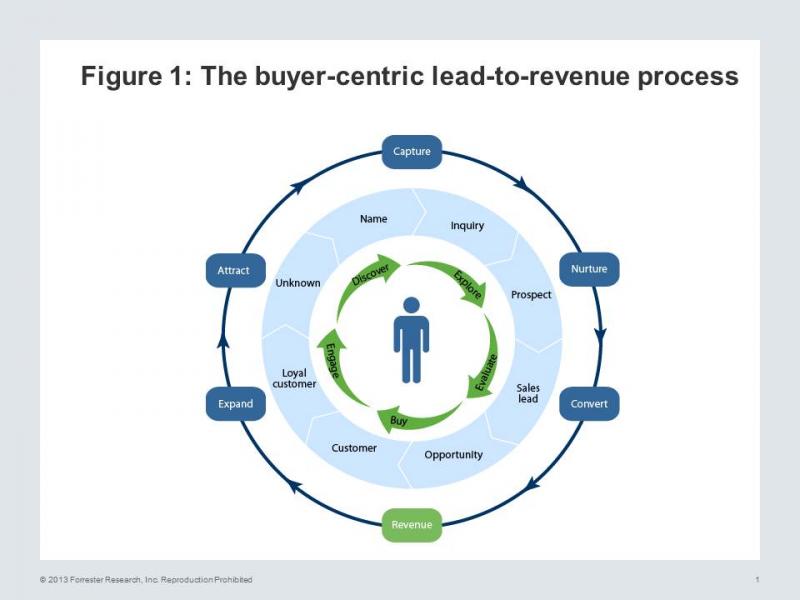Our Survey Shows That B2B Marketers Are Still Stuck In Their Product Marketing Comfort Zone
Effective content marketing is now critical to B2B marketers’ success because useful content accelerates potential buyers along their journey, writes Peter O'Neill. This raises a serious content challenge for B2B marketers. Their content should be available and compelling across all touchpoints in the customer life cycle — from the awareness phase (from the vendor’s point of view) through to the phase that Forrester calls customer retention and expansion.
Are B2B marketers rising to this challenge? Forrester’s Q4 2012 US And Europe B2B Marketing Tactics And Benchmarks Online Survey provides us with an answer. As we make clear in this report, there is significant room for improvement. Here are some significant shortcomings that we highlighted in the responses from 328 B2B marketers:
- B2B marketing content works for lead nurturing but nothing else. When asked about the effectiveness of content marketing among 16 separate marketing tactics, the rankings range from No. 15 in the awareness phase to No. 5 as a tactic for lead origination; it’s in third place for lead nurturing but drops back to No. 6 in the customer retention and expansion phase.
- B2B marketers create most of their content internally. The majority of the content produced is created internally either by the marketing department (44%) or by other employees (14%). Organizations that create their own content with only internal staff tend to remain fixated on their product and solution.
- They still struggle with personas. Just 35% of these B2B marketers reported using personas to guide their content creation. This sounds familiar to me, as I spend many inquiries discussing personas and answering the question “Do we really need to spend time on creating personas? It looks like a lot of work.” with “Yes, of course.”
Of course, all of the above points are related. If you do not use a mix of internal people and external resources with a good grasp of the business issues to create content, then you do not have compelling content for the discovery and explore phases (from the buyer’s perspective) in the buyer journeys. Nor do you need personas, as all you are doing is churning out the traditional B2B product marketing library of product data sheets or specifications, white papers, and perhaps a benefits brochure or two for each product launch — content that’s suitable for buyers who know what they want, are comparing various solutions, and need to be nurtured with information, but not for anyone else.
In many B2B solutions scenarios, the audience even differs across the buying phases. The initial research (the awareness phase from the B2B marketer’s point of view) is done by the business staff who know they have an issue to fix. They look for an answer and eventually scope a project, know that they need a certain B2B service, and then go to the department responsible for procuring the service. The business is the user, while the procuring department — which could be BT or technology services — is the buyer or source of funding. The first thing that B2B marketers should do is organize their content planning and production around the needs of their potential customers as they proceed along their buyer journeys. Forget the sales funnel: Consider the buyer journeys and put the buyers at the center of your plans. The figure below illustrates this; it’s taken from an upcoming report — The Skills And Structures For L2R Success — which will form the organization chapter of the lead-to-revenue playbook, which we will launch in March.

This concept will also be the basis for my session — “Create And Deliver Engaging Marketing Content Aligned To Buyer Journeys” — at the upcoming Sales Enablement Forumon March 4. I hope to see you there.
Need more details? As always, I’d love to hear from you on this and other topics.
Always keeping you informed! Peter